
It’s been 30 years since In Living Color premiered and the occasion of that anniversary sparked a thought: while there’s little competition for Saturday Night Live‘s crown as lords of sketch comedy right now, the launch of that show did spark a minor arms race. All of a sudden, new options rushed in, creating fertile ground for innovation and inspiration that’s still being felt. What stands as the best of these shows across that 30-year span and how has SNL evolved, impacted, and been impacted by the changing landscape? That’s what we decided to explore in this ranking of the top 20 sketch shows of the last 3o years.
Before we get started, however, let’s discuss the rules of engagement: 20 is an arbitrary number that, unfortunately, cuts off notable options like The Whitest Kids You Know, Little Britain, Tracey Takes On, and others. We don’t feel good about that, but we’re moving forward. To try and define each show’s unique contribution, we’re also submitting a bunch of sketches that you can click out to, certainly sending you down a YouTube wormhole. If you don’t like those sketches, suggest your own. If you don’t like the rankings, let us know about that too. These things are, of course, wildly subjective, but we did our best to weigh a mix of cultural import and impact, inventiveness, continuing cult affection, and outright hilarity when making these choices. And then we put a bunch of show titles in a hat.
20. The Birthday Boys
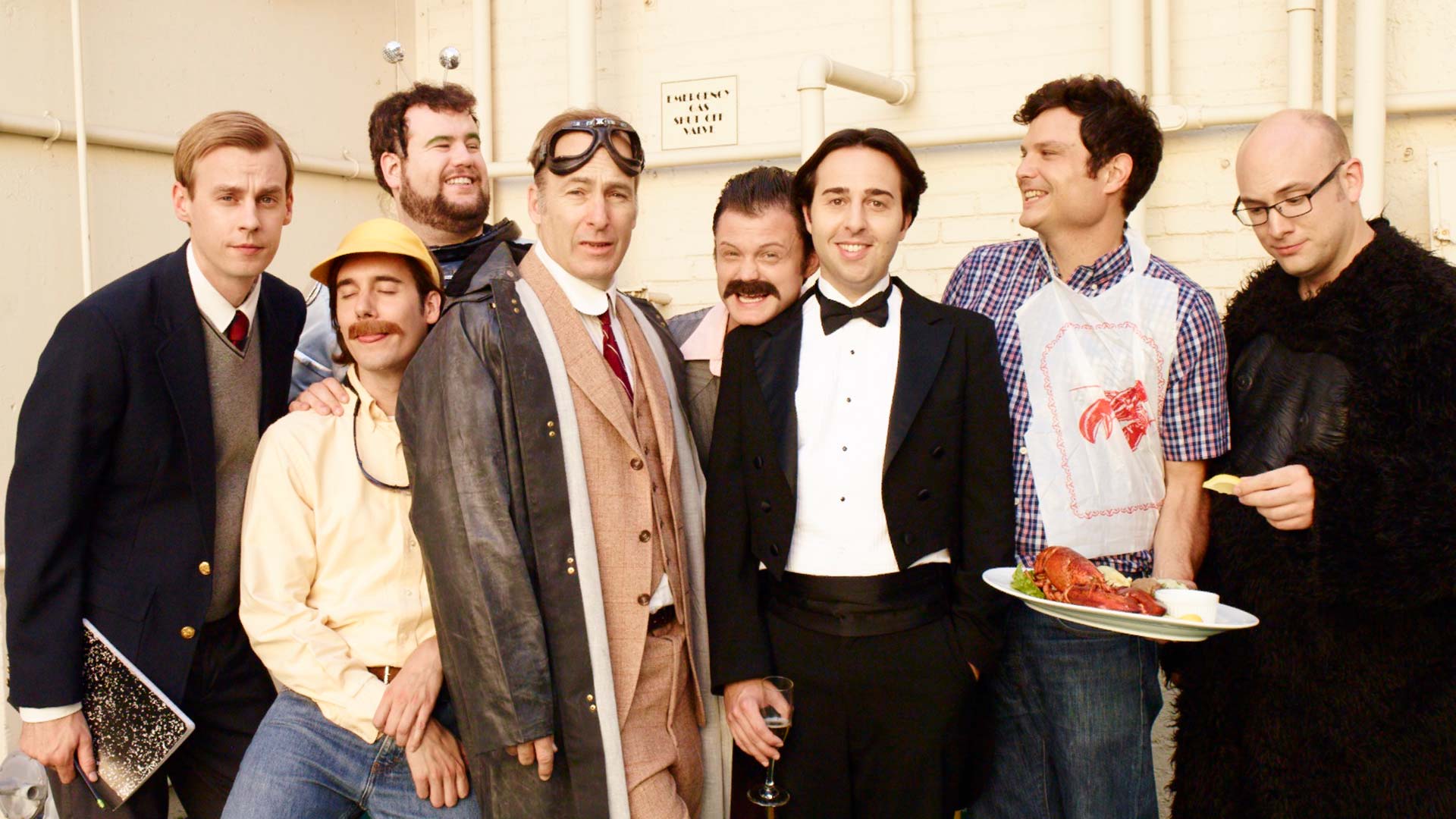
The Birthday Boys’ style drew comparisons to early Kids In The Hall and other all-timers as they gently poked at cliches like heartstring twisting human interest stories and rom-com fairytales across just 20 episodes on IFC.
The Sketch:
Next time you’re stressing about work, why not think about the possibility that… absolutely nothing follows your fated demise? Starting off on an up note!
19. A Bit Of Fry And Laurie
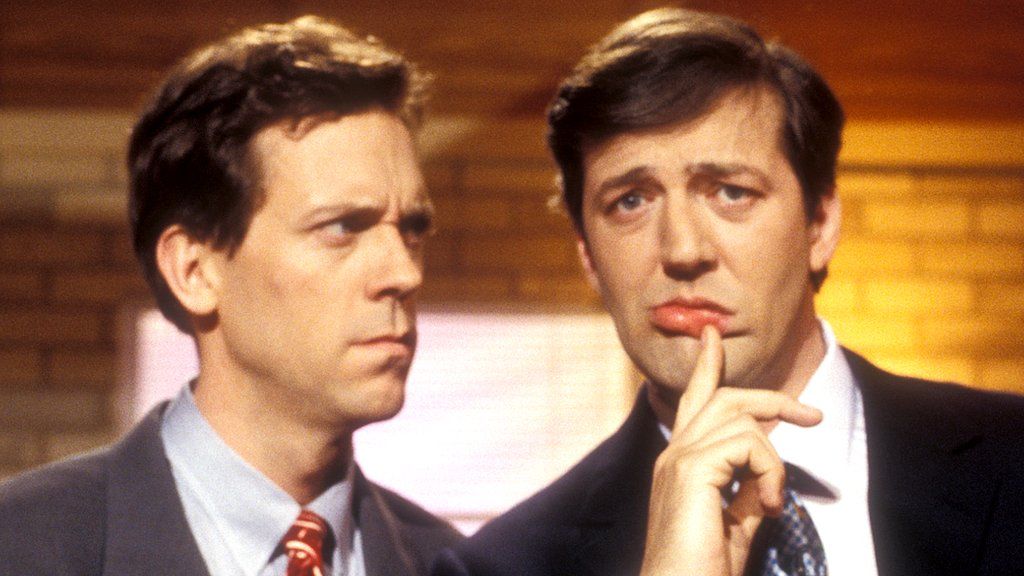
Starring Stephen Fry and Hugh Laurie, A Bit Of Fry And Laurie never found broad awareness and adulation in the US. Still, the whole 26-episode run is easily devoured as the two wits have a lot of fun with language, the perceived constraints of a television show, and each other while demonstrating why there is continuing interest in a formal reunion.
The Sketch:
The relatable experience of being bugged by a stranger gets very dark and very weird very quickly as Laurie plays it straight against Fry’s increasingly ridiculous, baby talk-obsessed dog daddy.
18. Human Giant
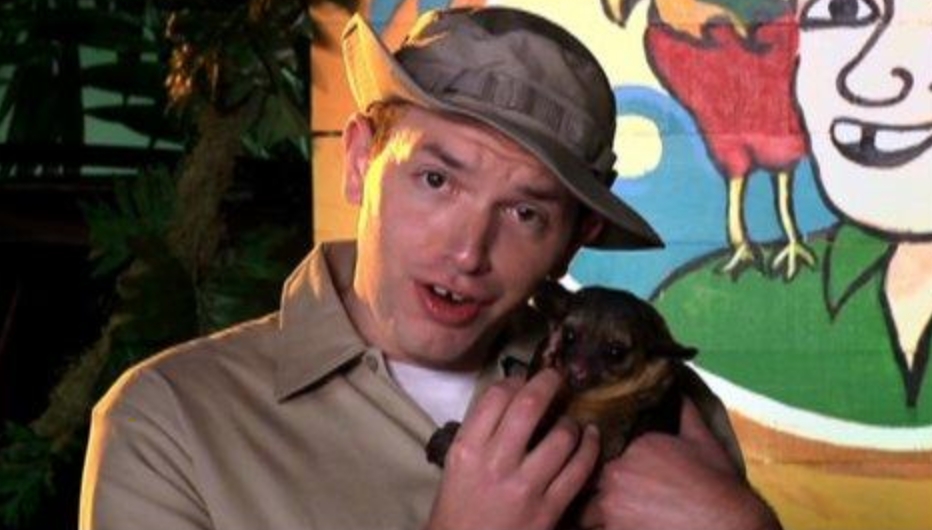
Launched on MTV with visions of multi-format dominance in 2007, Human Giant paired director Jason Woliner with rising comics/performers Aziz Ansari, Rob Huebel, and Paul Scheer, and quickly gained a cult following for its deep dark comedy. Unfortunately, the show ended after two seasons, but the members of the group all went onto individual success while occasionally crossing paths with each other.
The Sketch:
Not a sketch, but a look back at the highlights from a bonkers, star-studded (Tim & Eric, John Krasinski, Nick Kroll, Bill Hader, Kristen Schaal, John Mulaney, and on and on) 24-hour takeover that the crew did on MTV at their height.
18. The Ben Stiller Show
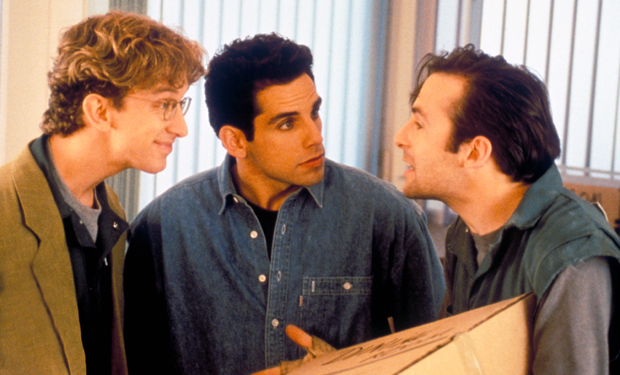
In 1989, Ben Stiller joined SNL with a want to make short films but bailed after a little more than a month. Three years later, he found a better outlet for his talent with The Ben Stiller Show, though the show would be short-lived. If you don’t have an intimate understanding of the ’90s or a passion for pop culture excavation you may get lost in some of the references and topics, but its edge and wit transcend.
The Sketch:
Check out the craft on display as Stiller echoes his future Meet The Parents co-star Robert De Niro’s menacing machismo and the show echoes Martin Scorsese’s style notes in this amazing merger between Cape Fear and The Munsters.
16. That Mitchell And Webb Look
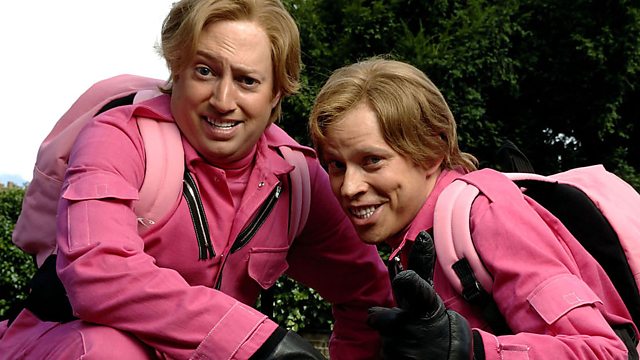
Like Fry And Laurie, the other UK import on this list, the strength of the chemistry between this duo (with a full body of work together beyond this series) elevates the material. Specifically when they’re playfighting.
The Sketch:
It’s said that everyone is the hero of their own story but what if the villains became self-aware? That’s the premise of this oft celebrated Mitchell And Webb sketch.
15. MADtv
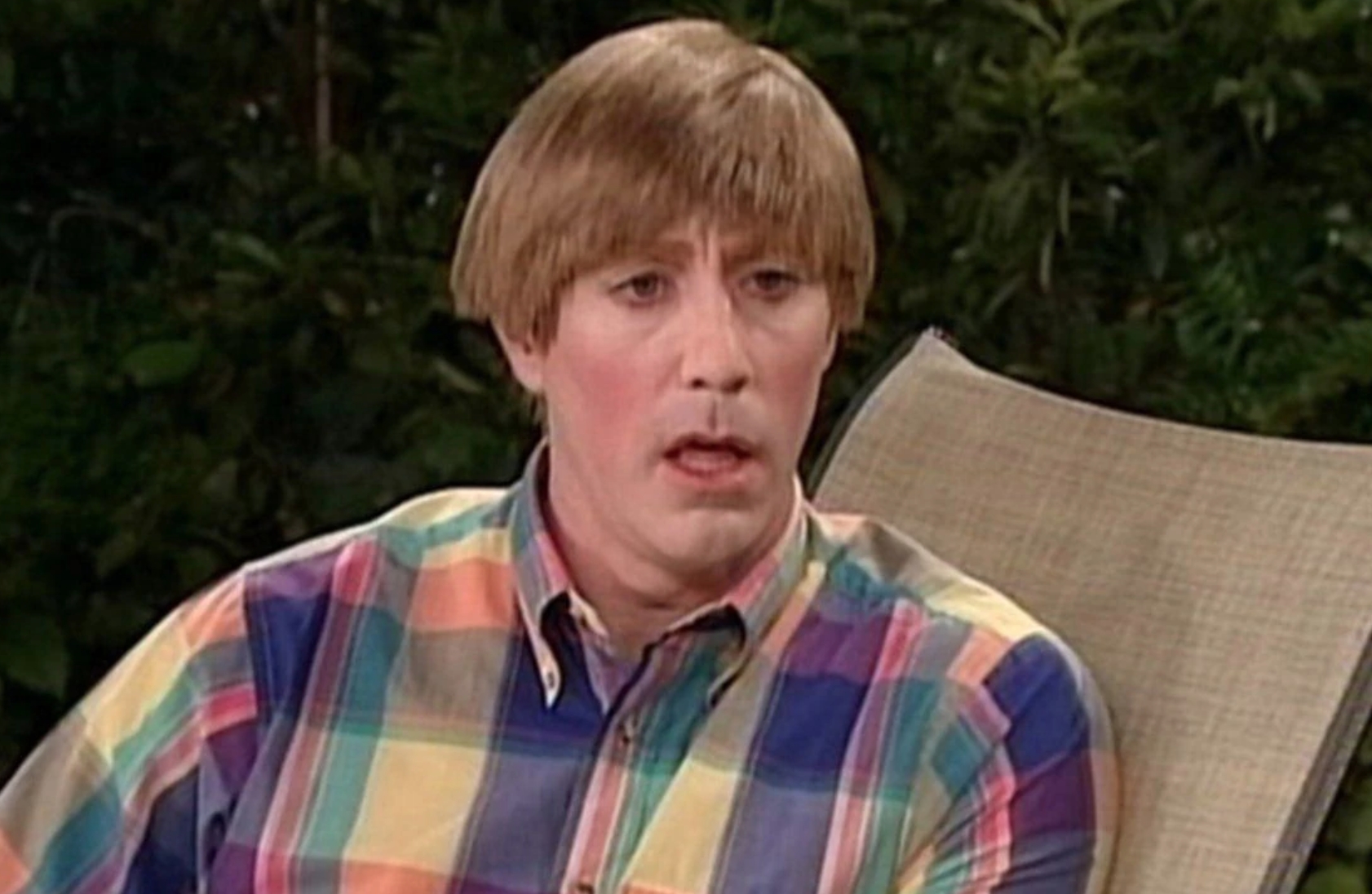
With SNL hampered by bad press, cast turnover, and whispers about its waning influence at their highest level since the mid-’80s, the ground was ripe for MADtv to pick up where In Living Color had left off after it concluded its run a year earlier on FOX. But while it obviously didn’t take SNL down and didn’t produce as many iconic moments as a lot of other shows on this list, in the grand scheme of things, it was a success, earning fans (including myself) with its broad approach and edge (for edge’s sake, sometimes) during a 14-year original run.
The Sketch:
Michael McDonald proved to be one of MADtv‘s most reliable figures across his 10-season run, and Stuart, a weird man child, may be his best-remembered character, popping up 38 times. This clip is over-the-top and punctuated by scat humor and a dated pop culture reference. It’s a little mean and a yet, it’s still funny. Also, hi Kathy Bates!
14. The Dana Carvey Show

The Dana Carvey Show‘s on-camera (Carvey, Steve Carell, Stephen Colbert) and behind-the-scenes talent (SNL legend Robert Smigel, Louis CK, Charlie Kaufman, and on and on) shockingly mattered very little when it came to its ability to stay on the air. Blame it on the fact that it lived on ABC in the mid-’90s, a reality that kneecapped its chances at finding an audience. Still, the show left a mark with a small collection of sketches that offer just a taste of the gutsy, boundary-pushing comedy that would have soared on a network with a stronger stomach.
The Sketch:
Hold in your heart the knowledge that a sketch about rocking-chair lounging hate mongers followed the grunts and low-lift comedy of Home Improvement in 1996. Shocking it never found a spot on TGIF.
13. Portlandia
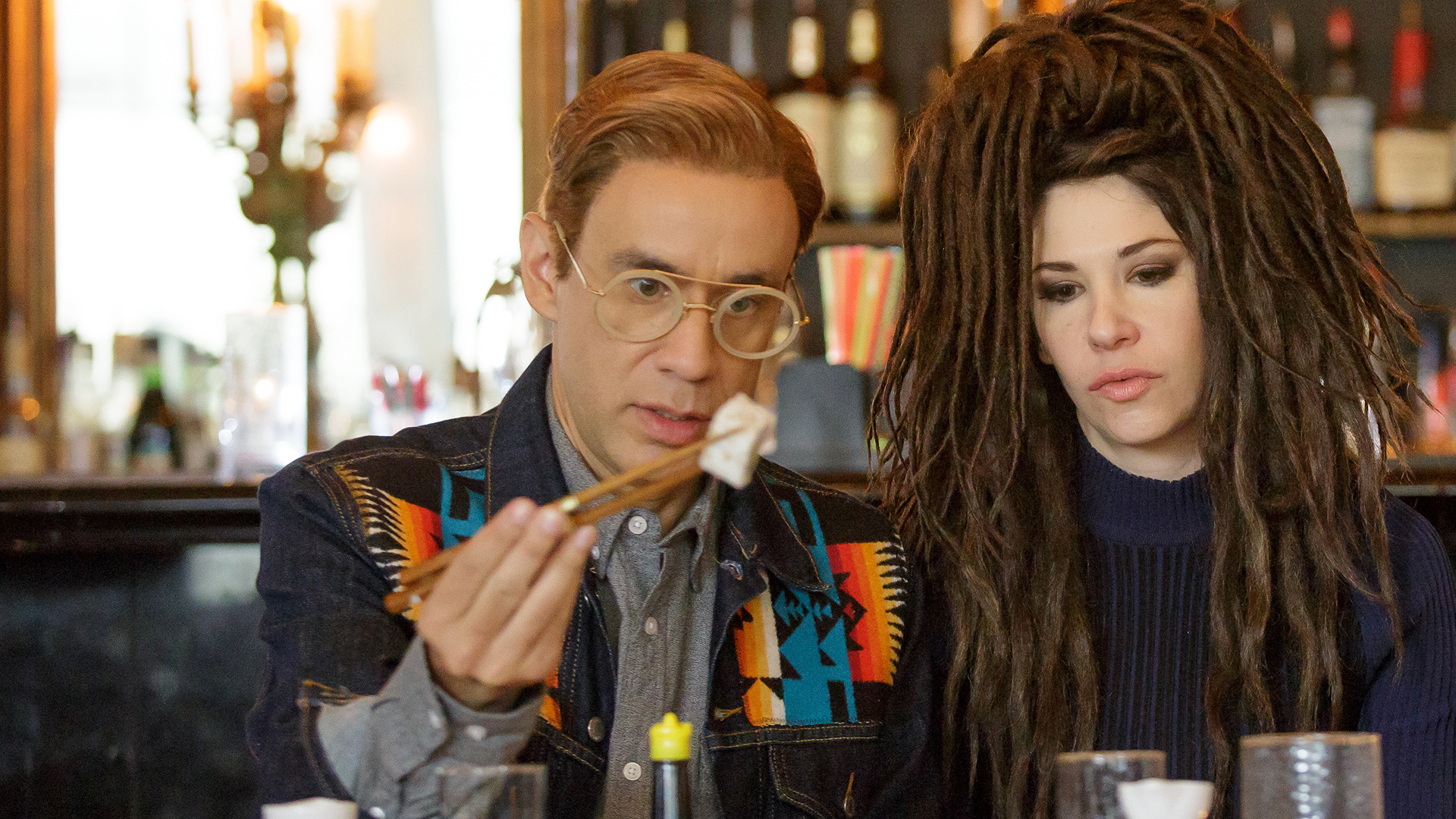
Portlandia mined the absurdities of Pacific Northwest living and hipsterism. Leaning on Fred Armisen’s near peerless talent for deep-dive character work and highlighting Sleater-Kinney rocker (and now writer and director) Carrie Brownstein’s vast comedic and creative talents, Portlandia stands, appropriately enough, as a sketch series with a very specific sensibility and charm.
The Sketch:
It would have been so easy to go with the first breakout, “Dream Of The ’90s,” but nothing stands out right now like the binge-watch wormhole reflective sketch where Fred and Carrie lose all sense of time while powering through Battlestar Galactica.
12. I Think You Should Leave
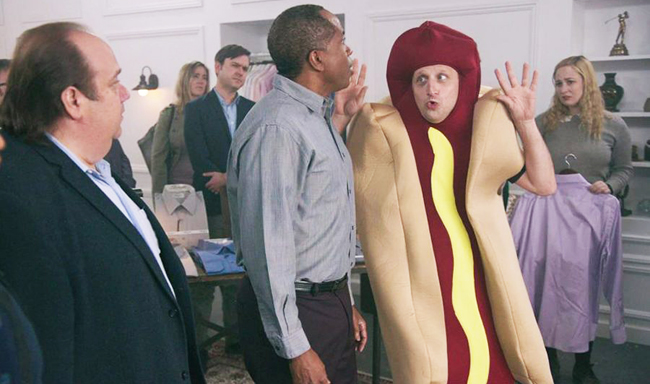
Only two sketch shows (SNL and ITYSL) are active on this list. Because of that, Tim Robinson’s wild one-season-old Netflix series carries with it, not just hope for years of greatness, but also hope that streamers and networks recognize its success and search harder for their own version, creating opportunities for more voices to get a shot. After all, success begets success. And a show earning accolades like, “the most flat-out most hilarious sketch-comedy program since Chappelle’s Show” qualifies as a success. With only six episodes in the can it’s impossible to put I Think You Should Leave in the conversation for the top 5, leaping over shows that were consistently good for years, but check back following a second season and this list might look a little different.
The Sketch:
Horror can often be mined for the most honest laughs and Will Forte absolutely brings it as a creepy and creepily intense traveler wrapped up in the long-awaited bliss of his revenge fantasy… until.
11. Kroll Show

Nick Kroll has tapped into our awkward and horny nostalgia with Big Mouth, but before that, he did a very good job of portraying excruciating people. Teaming with the likes of Jon Daly, Jenny Slate, Jason Mantzoukas, and others, Kroll Show found humor in the low-level terribleness of vacuous and/or douchey characters, offering the chance to laugh at reality TV culture and false bravado rather than cry over its creep.
The Sketch:
Once upon a time, there was a reality show called Cheaters that broadcast people at the worst moment of their lives — right in the middle of finding out that they were being cheated on by their partners. The host actually got stabbed. This Bobby Bottleservice sketch offers an alternative approach — what if that, but instead the host used the situation as an opportunity to score?
10. Inside Amy Schumer

While other sketch shows on this list often dance around the subject of gender politics and relationships, Inside Amy Schumer charged ahead with swagger, cutting through the bullsh*t and social hangups to find a space where the show could both comment and find laughs along the way that were capable of connecting with a broad audience. But the show was, of course, focussed on more than just that, additionally poking at other social conventions and attitudes with Schumer often willing to play the fool or take things to an uncomfortable place.
The Sketch:
Amy stumbles upon a goddesses’ picnic and into a cutting conversation about culture and how it values female celebrities.
9. Upright Citizen’s Brigade
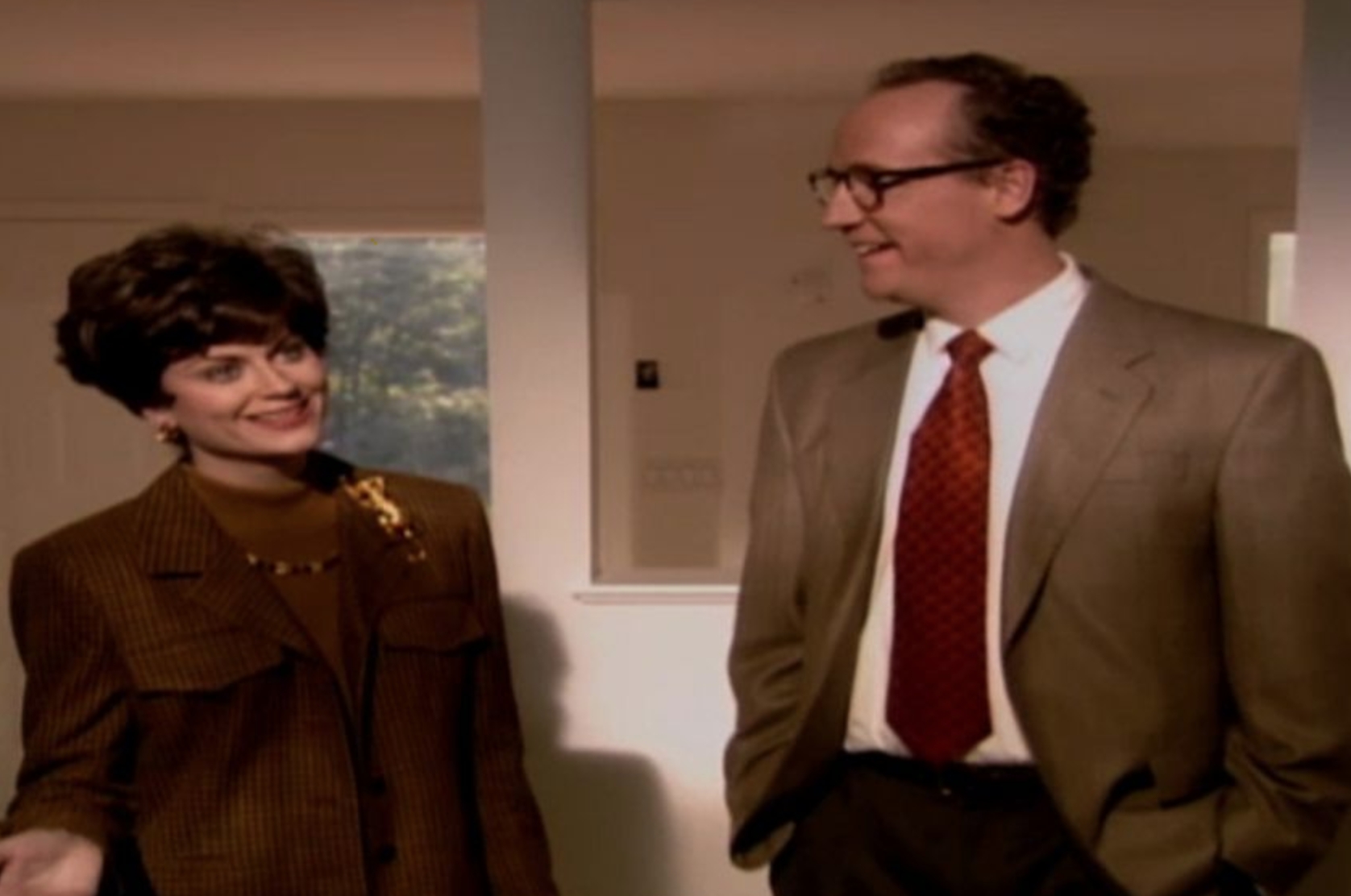
You can’t mention the show without considering the impact that the founding group (composed of Amy Poehler, Matt Walsh, Matt Besser, and Ian Roberts) has had on improv and comedy, opening theaters/training grounds that has created an unrivaled talent. As for the actual Comedy Central series, it buzzed with energy and irreverence, running a thread from start to finish while, overall, building on the group’s awesome contributions to the early days of Late Night with Conan O’Brien.
The Sketch:
Breaking my own rule and linking to two. Prostitute Barista, if for nothing else than Poehler’s matter-of-fact demeanor while Walsh’s horror builds over the details of her character’s resume. And the legendary Ass Pennies, a hyper-exaggerated example of how far people go to assert social dominance.
8. Tim And Eric Awesome Show, Great Job
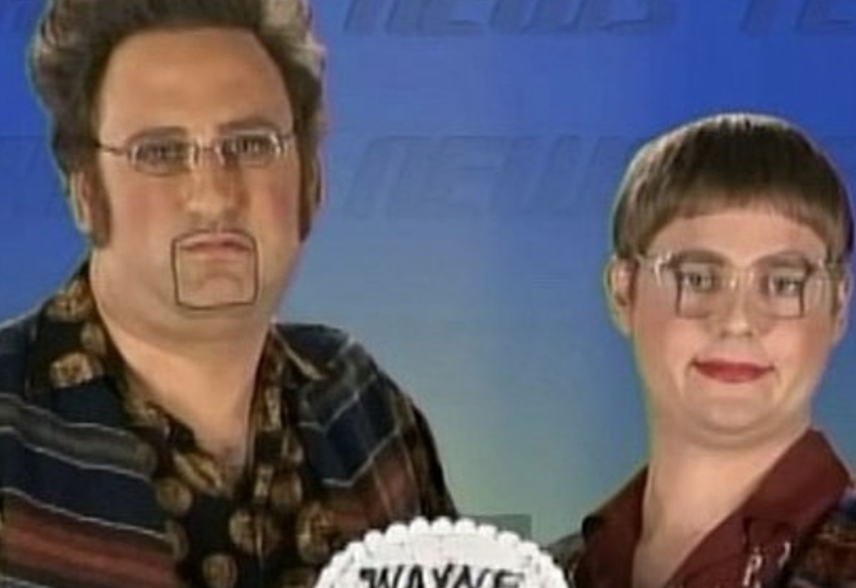
Every show on this list has made its own mark, but there’s also a sameness to them that reflects the nature of what sketch shows are. Tim And Eric, on the other hand, stands out with a show that looks and feels furthest from all the others as it draws from a broader set of inspirations like public access TV and David Lynch while making a strong impact on comedy culture.
The Sketch:
I’m probably making a big mistake by not going with something Steve Brule or reminding us all of the majestic beauty of Tayne the Paul Rudd lookalike dancer. Instead, I’m going with this satirization of local price wars that finds surprising laughs by piling extreme reactions and examples of brinkmanship until everything runs out of air.
7. In Living Color

From the mind of Keenen Ivory Wayans, In Living Color was the ultimate SNL destroyer, created to court a younger audience with a vastly more diverse cast and focus. But the show became more than alternate programming for FOX in the early ’90s, using a blend of big comedy hooks, mindfulness, dance, and hip-hop influences to expand the reach of sketch comedy and topple the idea that being a prime time network show meant you had to consistently play it safe. Not all of it holds up (some of it really doesn’t), but no one can say Wayans and crew didn’t take chances.
The Sketch:
Everyone thinks about the incredible bendable Jim Carrey and his array of wild characters, but so much of In Living Color‘s success came from the power of its ensemble. David Alan Grier, Tommy Davidson, and Kim Wayans did a lot of the heavy lifting, but it was Damon Wayans, and not Carrey, that should be remembered as the show’s true star. Here’s a Homey The Clown sketch. Clowns are supposed to be happy and hopeful. Homey don’t… oh, you know.
6. Key & Peele

There’s an interesting subplot about comics who have pivoted from other sketch shows to flourish free from their constraints/house styles — specifically Tim Robinson, Ben Stiller, Bob Odenkirk, and Keegan Michael Key and Jordan Peele. After languishing on MADtv, Key and Peele brought a fresh focus to conversations about race and stereotypes while also often leaning into silliness once they got the chance to run their own show on Comedy Central. While other shows may have penetrated our consciousness more deeply or influenced comedy culture more profoundly, Key & Peele may have been, from episode to episode, the most consistently above average, rarely outright whiffing when it set its sights on a target.
The Sketch:
Intense and unexpected, I don’t know that we needed a harsh peek behind the curtain of Family Matters, but I never want to let it go.
5. The State
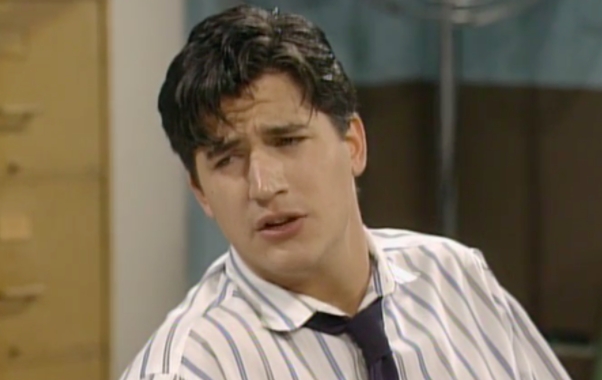
MTV in the early ’90s represented a gentle cultural rebellion. They were remaking news for a new generation, at the forefront of a musical movement, and standing behind inventive comedy that seemed as though it was being broadcast with little adult supervision. And then a few years later Kurt Cobain was dead, The State, Liquid Television, and The Jon Stewart Show were gone, and Jenny McCarthy had taken over. That is, perhaps, an oversimplification, but there was a moment of punkish charm that flitted out in a flash and The State was a big part of it, bringing incredible electricity to everything they did. Their second sketch is literally everyone running through the setup of a late-night talk show and I don’t know why but it felt so fresh compared to the more staid offerings on SNL. And it also still holds up. You’ll have to go the physical media route but there’s a timelessness to the material that isn’t there with a lot of other things on this list. There are also no weak links in the cast — look at the careers carved out by its alums, working together or on their own projects. The State became a wave that continues to influence and participate in a large cross-section of relevant comedy.
The Sketch:
I can’t find a good clip of Louie and the Last Supper so we’re going to spin the wheel of awesome… winding up with this mix of cheery sitcom tropeiness and human tragedy to demonstrate the next level creativity and range of The State.
4. Saturday Night Live

It really isn’t fair to rank SNL against these shows. Nearly none of them have had to try and do a full 22-episode season and create while dealing with broadcast standards and rules. They certainly haven’t had to turn over their cast because of the passage of time or deal with being looked at constantly as a measuring stick for other’s greatness. I consider myself an SNL apologist with a defensive streak born from a decades-long love for this thing that first taught me what funny is; a thing that is a crazy kamikaze mission every single week owing to the unreal complexity required to not screw it all up.
But… but… despite getting substantial contributions from almost every member of the Avengers of comedy over the last 30 years (I mean, holy hell, from Myers to Sandler to Ferrell to Fey, Poehler, Fallon, Samberg, Hader, Rudolph, McKinnon, and on and on) and creating standout moments with impressive regularity, SNL can’t possibly claim that top spot. Because it isn’t as dangerous as it was when Lorne Michaels started the whole thing (a period that, perhaps unfairly, isn’t being counted since we’re judging the last 30 years), meaning it isn’t going to get in trouble or wow you while trying. That doesn’t mean that it’s safe, per se. There’s a middle ground that it has long occupied. And that’s fine. No one could possibly sustain the brashness and rebellion of youth. Every show on this list save for MADtv came undone before it could disassemble and reassemble and deal with the weight of success and becoming a brand. But the show, and its creator, have endured. SNL is very good, very often. But it’s the establishment now and there’s no getting around what that means when comparing the show to ones that can more freely move in the space.
The Sketch:
SNL’s strengths are its production values and access to top tier talents that come in, takeover, and create things that likely couldn’t be made on another show. Especially now. The trio of John Mulaney New York-y musical numbers really stands out as an example of that, specifically the first one, set in a diner.
3. Kids In The Hall

Also produced by Lorne Michaels, Kids In The Hall wasn’t coming for SNL‘s crown. The goal was more clearly to be a companion piece and a vessel for indie-tinged comedy that the mothership couldn’t replicate. Thing is, they were too good to exist in the shadows and too pure to get sanded down for the masses. And yet the formula was simple with seemingly clean-cut Canadian nice boys Dave Foley, Kevin McDonald, Bruce McCulloch, Mark McKinney, and Scott Thompson hiding their horns and finding creative ways to take mundane interactions and moments to extreme and surprising places. A trip to a record store was an invitation to Doors fan boot camp and a chance to break on through. Frustrations and anxieties were amplified. Silly, rowdy, lawless, smart, absurd, and occasionally surreal — the Kids In The Hall earned their moniker. If SNL showed me what funny was, Kids In The Hall taught me what cool was.
The Sketch:
“Citizen Kane” is the Citizen Kane of Kids In The Hall sketches, showcasing a snackable breakdown spurred by the most frustrating man in the world.
2. Mr. Show

Bob Odenkirk is all over this list. He produced and often appeared on Birthday Boys, he wrote and starred in The Ben Stiller Show, he wrote on The Dana Carvey Show, wrote and appeared on the Tim & Eric Awesome Show, wrote on SNL, created and starred in Mr. Show (and With Bob And David), and his work has surely influenced nearly everything else. Odenkirk is, full stop, the most important figure in sketch comedy history — save for Lorne Michaels — and Mr. Show is the finest example of his talents, thanks to the incredibly fruitful creative partnership with David Cross (dating back to The Ben Stiller Show). Debuting in 1995 just after or just before the demise of some of the more daring shows on this list (The State, Kids In The Hall, In Living Color, The Ben Stiller Show), Mr. Show proved to be a home for cast-off sketch comedy fans (and talents) in search of inventiveness, blending a rebel spirit with proficiency and a clear mastery 0f the form. There’s a reason Mr. Show always lives at or near the top of these lists.
The Sketch:
The contrasting styles between Tim & Eric‘s “Prices” and Mr. Show‘s “Fairsley Difference” are interesting. The premise is basically the same: two rival businesses competing for the attention of customers, but while the Tim & Eric approach quickly devolves into clip art chaos, Mr. Show takes its time, stretching out the lies by Odenkirk’s Fairsley narrator as the slow-rolling beat down on Cross’ Gibbons continues, mining laughter from his impotence to stop it. Both are commenting on an evil element of capitalism, but Mr. Show is saying more about how Goliath runs the table on David now, sans consequences for straight-up lying and other misdeeds. Also, I can’t help but also call attention to “Blow Up The Moon” for the very relevant send-up of anti-science morons and herd mentality.
1. Chappelle’s Show

What it comes down to is that thing that I said about SNL and danger: how shows and performers respond to it limits or frees their creativity. And while others near the top of this list took plenty of chances and danced with the danger, Chappelle’s Show craved it. I think Dave Chappelle does too. I didn’t always realize it, but I think that’s why he goes to places, comedically, that most others avoid. He is as unafraid of the consequences of pissing people off or missing on something as he is tantalized by the idea that he might be able to figure it out and do what others think is impossible — create the perfect joke. Chappelle’s Show‘s focus was multifaceted, creating indelible moments while joking about being Oprah’s baby daddy, exploring the real internet, poking at cultural appropriation with a race draft and the nature of bigotry with Clayton Bigsby, often reaching a rarefied space with material that was surprising, unforgettable, and occasionally even profound.
The Sketch:
The above-mentioned sketches all good rest here as a prime example of Chappelle’s Show‘s greatness, but to close this whole thing out if just feels right to close on a double dose of Charlie Murphy as Chappelle helps play out tales about Prince and Rick James in two of the most uproariously funny sketches in the history of the form.
